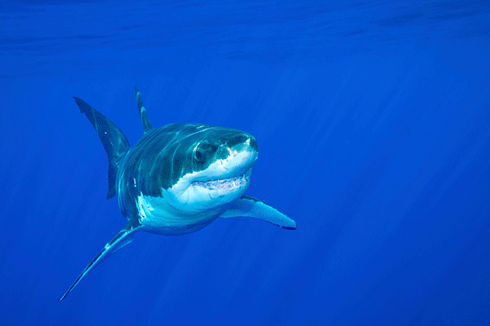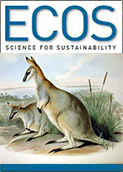
|
Published: 3 June 2014
DNA may unlock the white shark’s secrets
White sharks (also known as great whites) are long-lived, slow-growing and do not reproduce until they are 18–20 years of age. This extended life cycle makes them vulnerable to ocean changes and human impacts, but to what extent we don’t know.

|
|
How well are Australia’s white shark populations faring? Credit: thinkstock
|
At the macro level, tagging and tracking of these sharks in Australian waters has revealed that the distances they cover are vast and that their movements are unpredictable. Now, at the micro level, the shark’s DNA is giving scientists more insights into the abundance, sex and death of these animals.
CSIRO researchers have been observing the movements and behaviour of white sharks for around 20 years, using satellite and acoustic tagging, aerial surveys and now DNA fingerprinting.
Shark expert, Barry Bruce, says there is still so much we don’t know about white sharks. Genetic evidence suggests there are two white shark populations in Australia, an eastern population, ranging along the east coast from Tasmania to central Queensland, and a western population, ranging from western Victoria to northwest Western Australia.
Generally these two populations do not venture past their respective ‘home’ side of Bass Strait.
The CSIRO researchers tagged and tracked a young female shark named Betty from 2010-11. Over those two years, she travelled from Tasmania to Victoria and then up the east coast to Queensland before turning around and coming back, a journey that totalled almost 7000 km.
Researchers are now trying to find out where the white sharks breed, how often they have pups, and whether their numbers are going up or down by studying the animals’ DNA.
This will show them how many of the young sharks in a population are related. The proportion of related young sharks can tell researchers the overall number of breeding adults, as a smaller population will be brimming with half and full brothers and sisters.
When several years of data are analysed, this information can also tell them how often adults breed. They hope this information will provide insights on the impacts of fishing, the national white shark recovery plan, and shark control programs on the two populations.
Source: news@CSIRO



